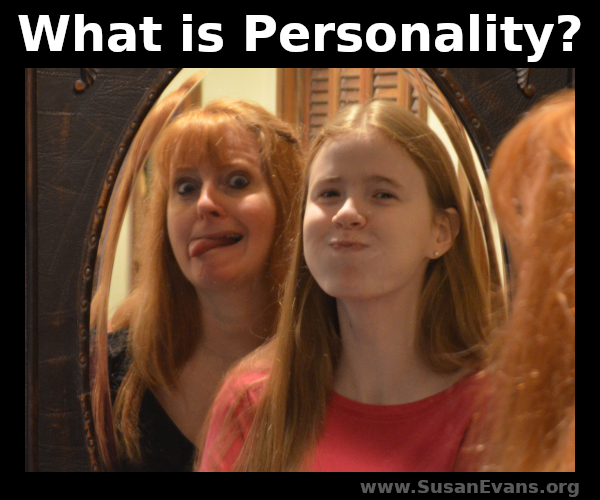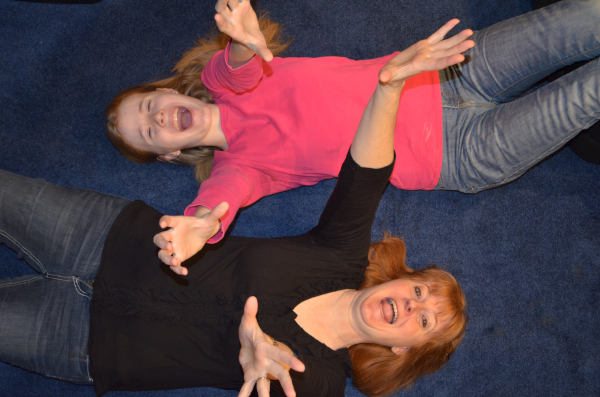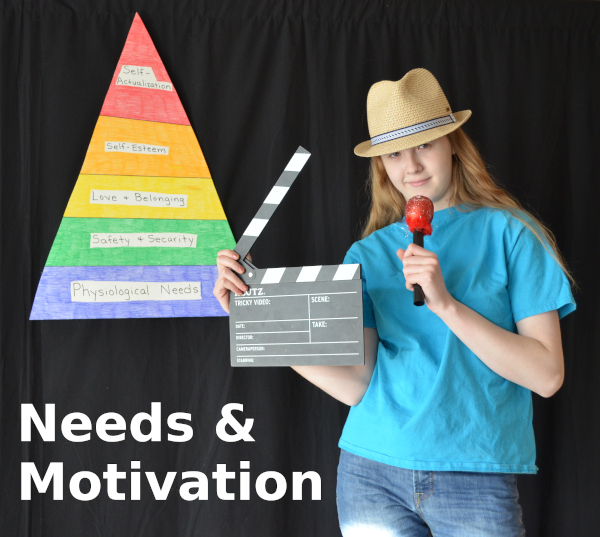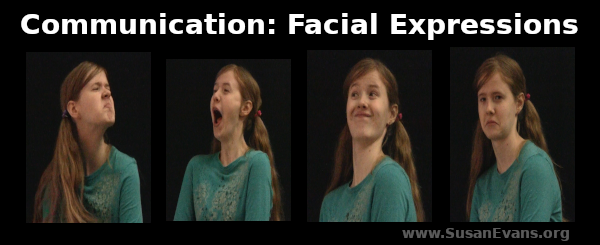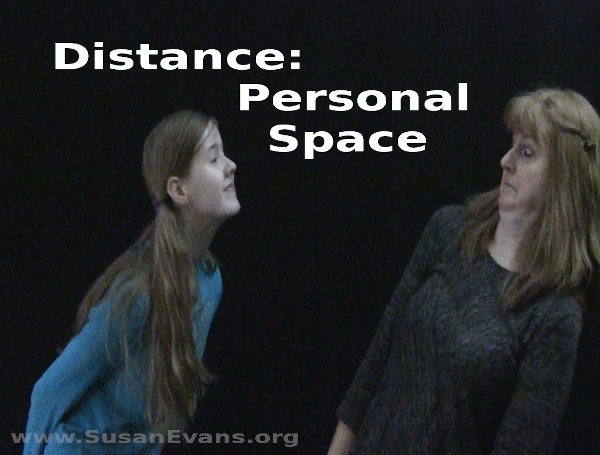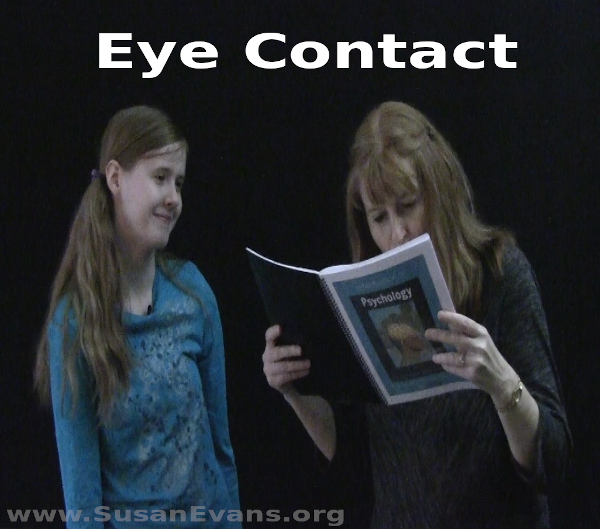In this next psychology episode, my daughter and I will explain all the most important aspects of sleep and dreams. Everyone needs a good 8 hours of sleep per night. When you undersleep or oversleep, you will experience drowsiness during the day. We explain why this happens in the following video:
What happens when sleep is interrupted?
In the video, Fuzz and Pavlov’s dog are roommates, and they have different sleep schedules. When Pavlov’s dog hears a bell and eats, he interrupts the sleep of Fuzz, who is sound asleep. Fuzz tries to get back to sleep, but the bell rings again, and he wakes up. This happens over and over again.
When someone is continuously interrupted in their sleep, they are never able to get into the more restorative deeper sleep, so the person will feel groggy the next day. Deep sleep and REM sleep are the stages of sleep that help our bodies to recuperate during the night.
What are the stages of sleep?
We need a 90-minute cycle of sleep to feel fully rested, and we go through these 90-minute cycles throughout the night. These are the stages of sleep:
- Stage 1: Light Sleep (about 5 minutes) This is the lightest form of sleep, where you can hear people talking, but your heartbeat and breathing starts slowing down.
- Stage 2: Intermediate Sleep (about 25 minutes) You can still wake up easily from this sleep because you are not in deep sleep yet. Your muscles relax, your temperature drops, and your eye movements stop.
- Stage 3: Deep Sleep (from 30 minutes to an hour) This is one of the stages where it is difficult to wake up. Your brain waves are slower, as well as your heartbeat and breathing. You can’t feel refreshed if you never have deep sleep.
- REM Sleep (from 10 minutes to an hour) Your eyes move rapidly (REM stands for Rapid Eye Movement) from side to side during the dream stage of sleep, which is also restorative. Brain activity is similar to wakefulness, but you have temporary muscle paralysis to prevent you from acting out your dreams.
Why is oversleeping bad?
In the video, Pavlov’s dog had been sleeping the entire day. Why? Well, our bodies produce melatonin when we sleep, so the more we sleep, the more melatonin our body produces, causing us to become more and more sleepy. This is why oversleeping is actually unhealthy. I’ve also noticed that my muscles feel sore when I oversleep. The stiffness is due to the fact that a body needs to move to feel healthy.
Do our dreams ever mean anything?
Most dreams mean nothing—our brain is just processing random things that have happened in our lives. But according to Scripture, God sometimes communicates to us through dreams. (We are told that dreams from God will increase in the last days. Joel 2:28, Acts 2:17). Dreams from God are often symbolic, like the statue in the book of Daniel representing four kingdoms, and the skinny cows in the book of Genesis that represented seven years of famine for Egypt.
Recently I had a set of three symbolic dreams, all in the same night. All three had the same message:
A Dream in Three Scenes
Scene 1: I look up into the night sky and see the magnificence of God in the Milky Way galaxy, but nobody is looking up. I’m in a courtyard full of people, surrounded by light pollution, and nobody even bothers to look up because when they glance up, they can’t see anything because their eyes aren’t adjusted. They don’t understand they need to GAZE up for a long time and step away from the light pollution in order to see the magnificence of God.
Scene 2: I’m hungry. I’m in a busy London restaurant area, and strangers are wanting to chat about frivolous things. I’m so hungry I might faint. I order food at a counter, and I’m given a plate with too little food on it (one bite of meat, one of vegetable, and one of potatoes), and I am not given utensils. I search and search for basic utensils, but no one cares, not even the people who work there. I realize my food must be cold by then, and I look around and can’t find my food. People keep trying to chat about frivolous things.
Scene 3: I’m crossing a busy London street, and suddenly two of my kids are with me. I know that when I set my foot in the crosswalk, the speeding cars will stop for me, and they did. But I hear a loud cry from behind me. It sounds like my son is on the other side of the street, and I can’t see him because of all the traffic. By this time my daughter is too far ahead for me to take her hand, and she thinks I’m right behind her, so she keeps walking across, but I turn around because all I can hear is the cry of my son. I realize he’s much younger than I thought. I’m standing there with dangerous fast-moving traffic, separated from both my kids, and my son’s screams have stopped and I panic and wake up in a shock.
These dreams are one and the same: The things that matter most get lost in the midst of worthless things that distract our attention.
If you are enjoying our psychology series, why not teach your own high school students psychology with the {affiliate link} psychology course we are using by 7 Sisters Homeschool? We like its no-nonsense approach, and the fact that you can get through the material at your own pace, with no fluff bogging you down.
Have you ever had a symbolic dream that helped you to understand something about your life? If so, please comment below.
If you don’t want to miss a single episode in our psychology series, sign up for our once-a-month newsletter below.



